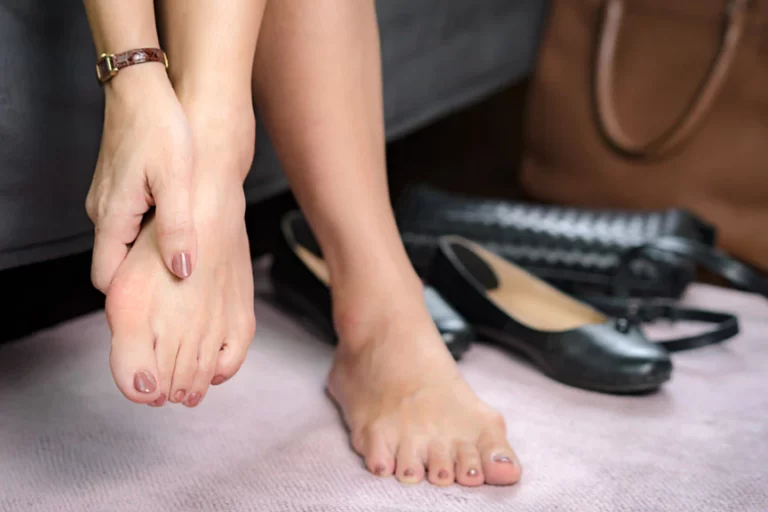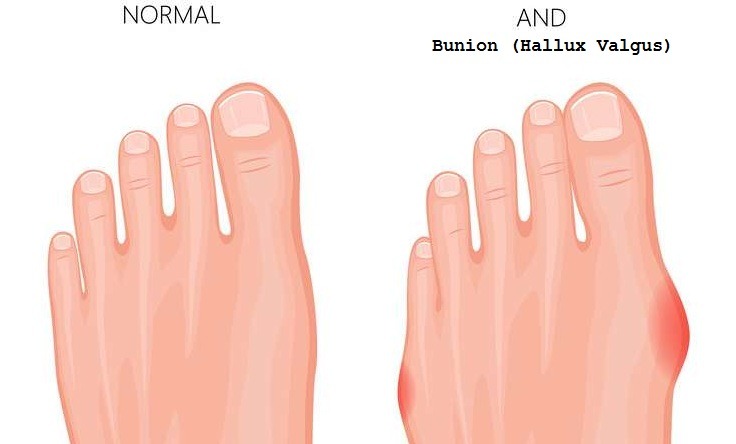Adhesive capsulitis, in other words, frozen shoulder syndrome, is a disease, without a known cause, of hardening of the soft tissues of the shoulder joint and joint capsule and causing difficulty in movement. It is observed in 5% of the general population and is more common in women between the ages of 40-60.
Causes
The exact cause of frozen shoulder is not known. An inflammatory reaction develops in the early stages and the shoulder joint swells by causing edema. Later, this fluid freezes and creates a hardness in the capsule surrounding the shoulder joint and in the shoulder ligaments.
Stages of Frozen Shoulder Syndrome
First Stage
The first stage is the edema stage. It is the first 2.5-3 month period. There is pain, especially at nights. Since the hardening in the joint capsule is still minimal, there is a certain level of movement when the shoulder is moved passively.
Second Stage
The second stage of the disease is the fusion stage. It is between a period of 3 months to 1 year. Movement is restricted. Since the inflammation phase is over, there is no inflammatory pain, but there is severe pain at the moment of movement due to frosting.
Third Stage
The last phase is the dissolution phase, the relaxation phase. It is between a period of 1 to 3 years. There is a gradual improvement in shoulder movements and functions.
Diagnosis
Diagnosis can be mainly made by physical examination. Viewing the thickening and narrowing of the capsule with the MR examination can help in the diagnosis. With X-ray, bone density decrease that may occur due to other pathologies and diseases can be detected.
Treatment
Non-surgical treatment is preferred first in treatment. Oral anti-inflammatory drugs may be effective in controlling pain rather than treating the disease. Similarly, oral cortisone in the first stage of the disease is effective in short-term pain control and providing range of motion.
When intra-joint cortisone injections are combined with physical therapy, it is a highly effective application. However, the injection must be fully applied inside the capsule. Each application of cortisone to the shoulder may not provide the same benefit in terms of the anatomical target point.
Surgical treatment is applied to patients whose pain and range of motion do not improve after 6 months of treatment. With arthroscopic methods, in other words with closed methods, the adhesions on the shoulder are removed and the joint capsule is cut and loosened. Open surgery is rarely and only preferred in cases of frozen shoulder syndrome secondary to severe trauma. Surgical treatment results of secondary frozen shoulder syndrome occurring after trauma and surgery are less pleasing than primary ones.









